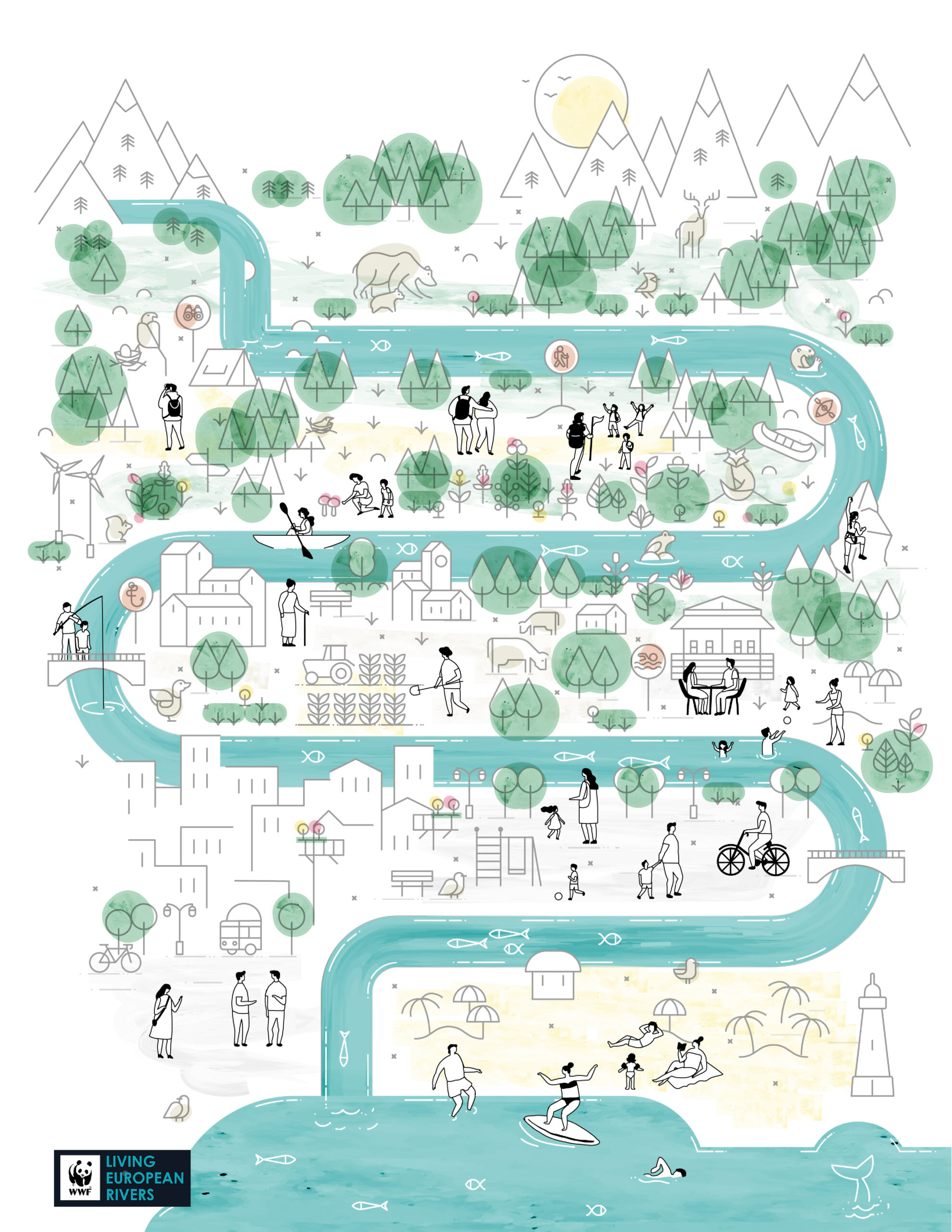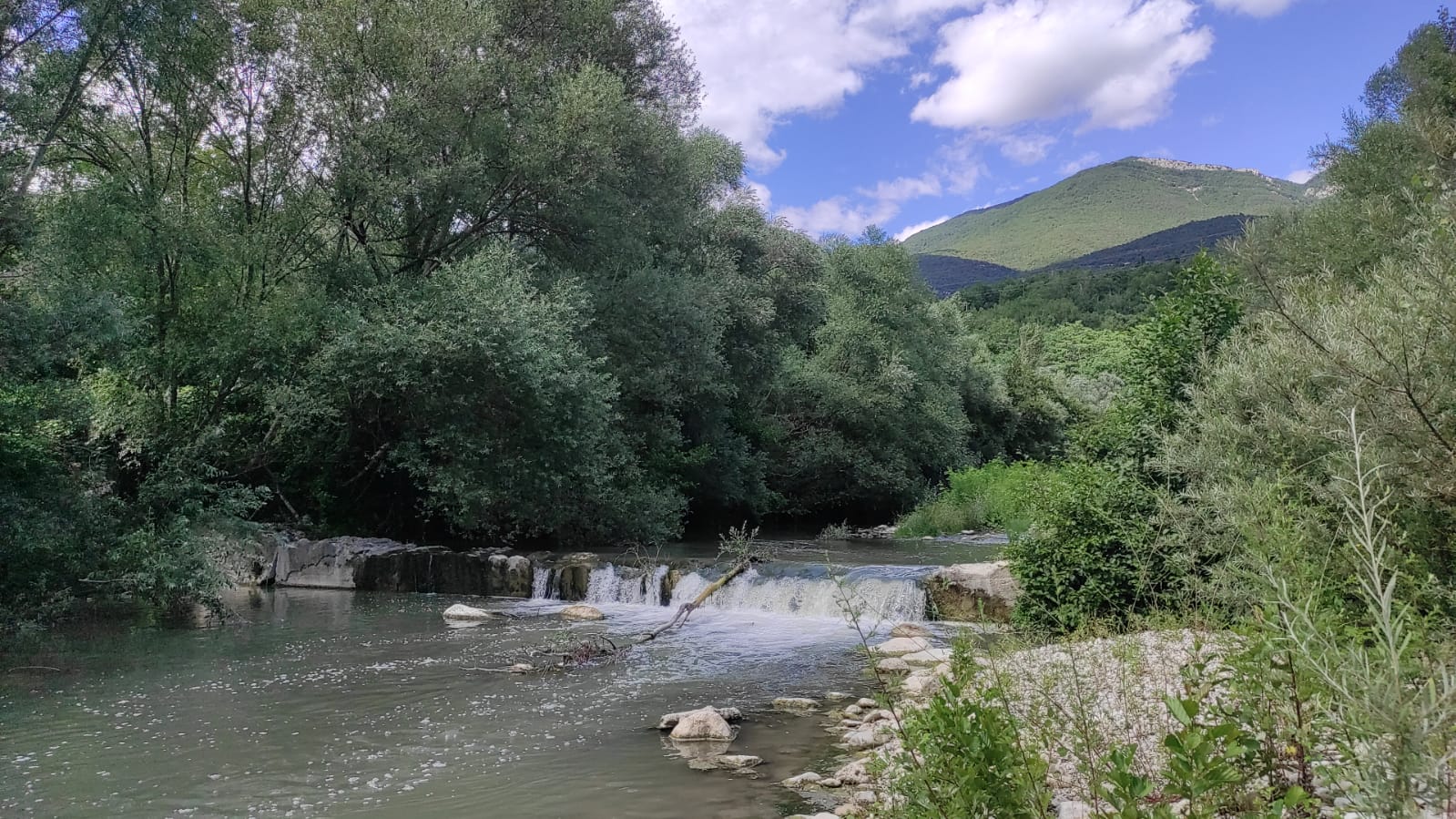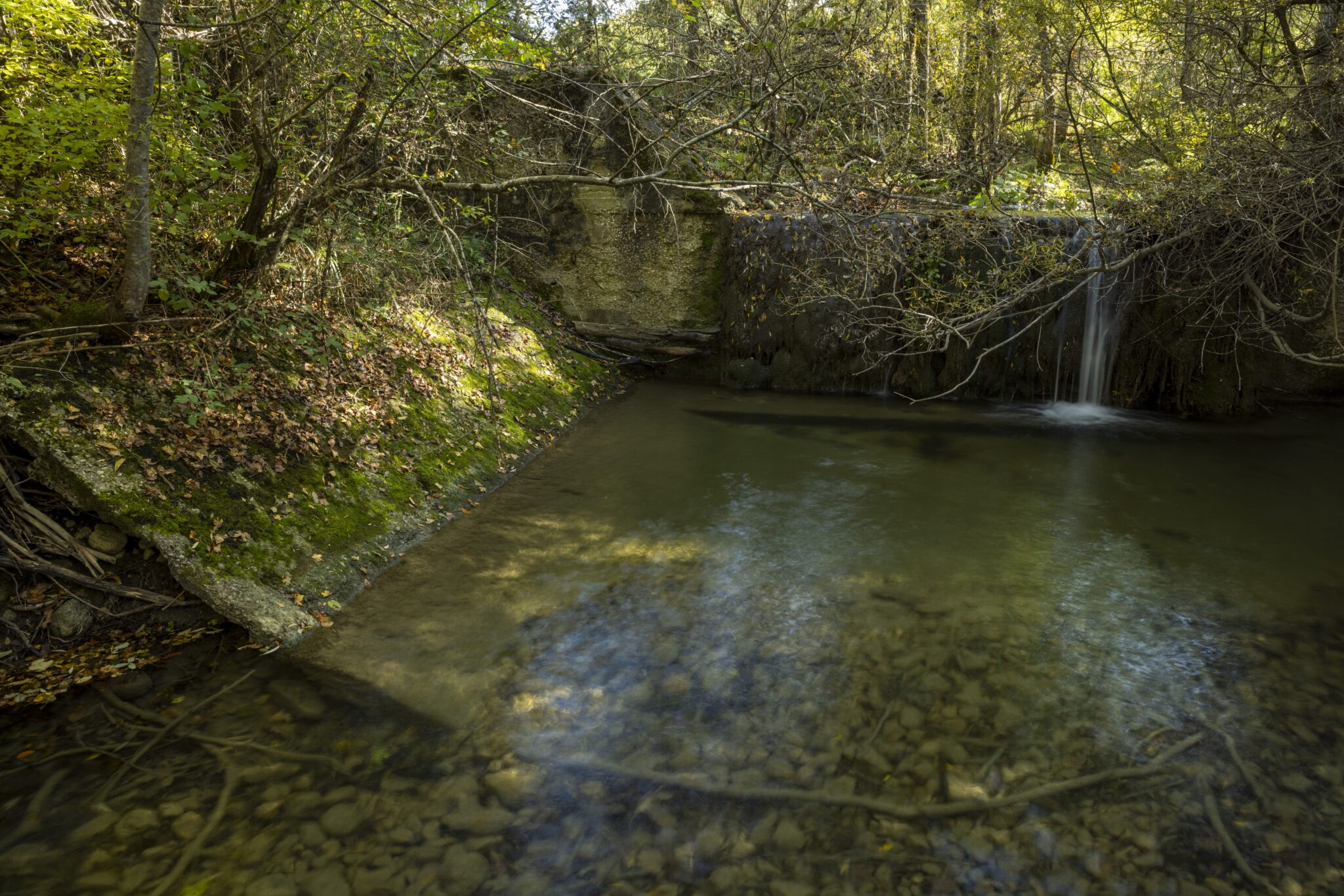Why restoring river ecosystems
Aquatic biodiversity is among the most threatened by human activities.
Many fish such as trout, lampreys, sturgeons and eels migrate to reproduce, feed and complete their life cycle, thus making the environments they inhabit and the food webs to which they belong unique. Their presence is essential for the health of river systems and consequently for all the habitats connected to them. However, most of the migratory fish species are strongly threatened by the degradation of the river habitats and by the presence of human barriers such as dams and weirs.
Rivers are suffering all over the world because they are endangered with countless threats, such as water abstraction, unsustainable land use, alien species invasion and, habitat fragmentation by the mass use of river barriers, for example dams and weirs. But recently, to figure out this last serious problem, a movement embracing dam removal is increasing and becoming more popular, especially in Europe, particularly with the nature activists ranks. Also, Rewilding Europe supports dam removal actions, as they are crucial to implement the rewilding processes in the river ecosystems.
As often remarked by Dam Removal Europe, over time these barriers become a place of accumulation of sediments, threatening the structural integrity of river beds, deltas and consequently of very precious habitats already threatened by pollution and climate change. Furthermore, they are often devoid of areas for the passage of fish that end up unable to complete their seasonal migration along routes established by millennia of evolution.


